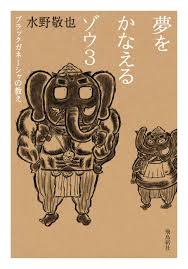Did you know that one of the top health issues that Japanese women are concerned about is feeling of being cold? The symptom is called “Hi-e-sho (冷え性)” or sensitivity to cold. Hiesho women tend to feel cold, especially in the tips of their hands and feet. I myself have often felt “Hie Sho”.
Onkatsu(温活) market
According to this article by PR TIMES, research shows that the no.1 health related concern that Japanese working women have during winter months is “Hiesho or feeling cold” followed by “Dry skin”. And it shows that a lot of respondents were interested in “Onkatsu(温活)”; activities to warm up their bodies.
The research also helps us understand what Japanese women are doing to prevent themselves from feeling cold. “Taking a hot bath” ranked no.1 followed by “Drinking something warm”, “Wearing socks or Haramaki” (see image) and “Eating something warm.”

Naturally, there are many goods and items sold targeted at treating Hiesho women in the Japanese market. Some of these include 4-5 layered socks (I own a pair). My Hiesho friend gave a pair to me and I am quite fond of them now, as I live in Portland where winter weather gets pretty chilly (for Hiesho women like me).
Another Onkatsu example could be having a bowl of warm soup – the article titled “10 soup recipes perfect for Onkatsu” on the4MEEE site shares a variety of soup recipes supposed to be perfect for Onkatsu.
Unique to Japanese women?
I’ve tried to explain “Hiesho” to my American friends and only then realized there was no such concept in one word in English, which I found interesting.
Is Hiesho unique to Japanese women? I can only say that Hiesho has definitely been a common trouble that has afflicted many Japanese women. Whenever I talk to my female Japanese friends, we usually have a shared feeling of “I struggle with bad HieSho. You, too? It’s not fun, isn’t?” during winter season.



